This weekend marks the opening of Fiber Philadelphia is an international biennial and regional festival for innovative fiber/textile art.Pick up a copy of the FiberPhiladelphia directory, with all the venues listed (there’s even an app to help you get directions). You’ll see our 25th Anniversary ad in the Directory, featuring work by Ritzi Jacobi and Mary Merkel-Hess, and an ad for SOFA NY featuring a concrete basket by Klaus Titze and a much-appreciated congratulations to us. Among the Philadelphia exhibitions we hope to visit later this month: Distinguished Educators, at the Crane Arts Building: Grey Area, 1440 North American Street through April 12th which includes celebrates significant artist/mentors who have shaped the field:
Adela Akers, Lewis Knauss, Gerhardt Knodel, Gyongy Laky, Joan Livingstone, Rebecca Medel, Jason Pollen, Cynthia Schira, Warren Seelig, Deborah C. Warner, Carol Westfall, Pat Hickman, solo and in collaboration with the late Lillian Elliott; Andrea Donnelly: Binary, Sondra Sherman: Found Subjects at the Philadelphia Art Alliance, 251 South 18th Street, through April 21st; and Secret Garden, which includes work by Lenore Tawney, Mary Merkel-Hess, Ted Hallman, Sheila Hicks,
and Jim Hodges at the Philadelphia Museum of Art, Perelman Building, Fairmount and Pennsylvania Avenues, through July.
Visit the FiberPhiladelphia website for complete details. http://www.fiberphiladelphia.org/


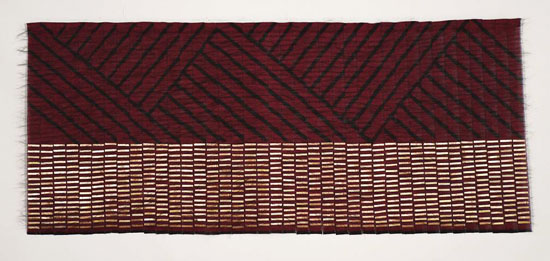

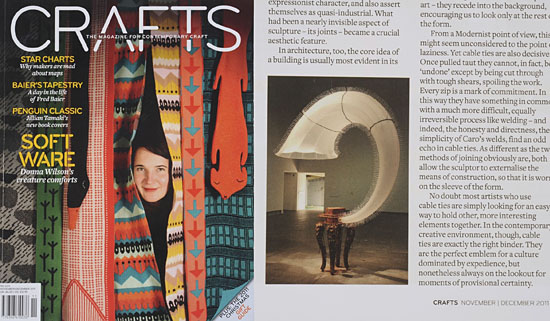

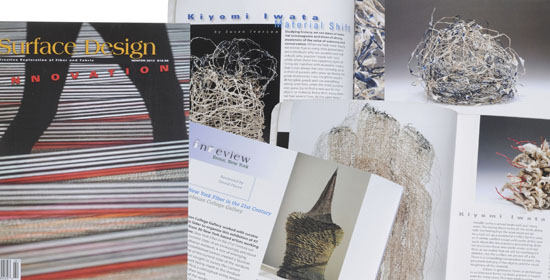


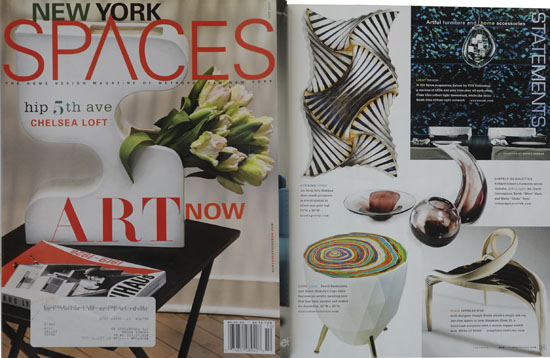



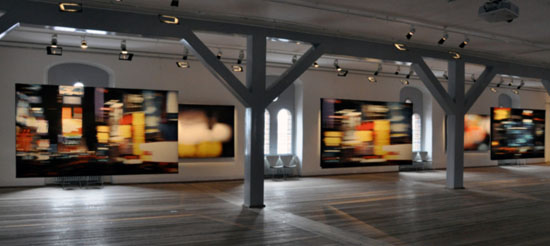
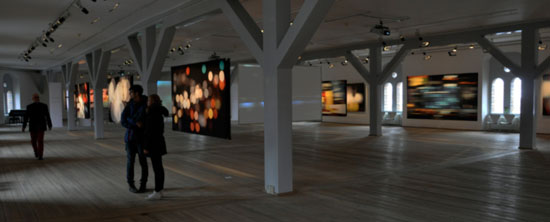
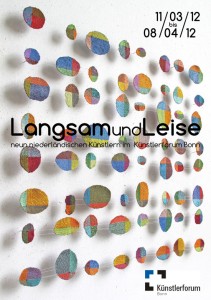

Update: Chris Drury’s Carbon Sink Creates a Dialogue
In a previous blog, we wrote about Chris Drury’s Carbon Sink, an installation at the University of Wyoming that garnered the ire of local legislators who viewed it as a poor educational investment. Chalk one up to transformative power art. As you can see from the editorial below, by Wyoming State representative, Tom Lubnau, in the Gillette News Record, (where Rhonda used to live) the controversy led to a valuable dialogue about art, education, energy and the environment http://www.gillettenewsrecord.com/stories/Trying-to-make-silk-purses-from-sows-ears,61404. Here’s also an image of Chris Drury’s most recent Wyoming-inspired art work, On the Ground: Above and Below Wyoming.
topographical map woven with a Geological map of the state. The border is coal dust and Wyoming earth. The pattern is wind blowing off the Rockies. Size: 3’4″ x 4’1.5″
Trying to make silk purses
from sows’ ears
Tom Lubnau
Gillette News Record, September 6, 2011
A few weeks ago, the University of Wyoming unveiled a new on-campus sculpture entitled “Carbon Sink.”
The artist, Chris Drury, is a worldfamous sculptor, the university paid $40,000 to install the sculpture on campus. The artist designed the sculpture as a series of dead logs arranged in a spiral pattern, which he hoped would symbolize the death of forests from pine beetles due to global warming.
On the Ground: Above and Below Wyoming Detail by Chris Drury
Much has been written by journalists, bloggers and in some tersely worded emails about the comments Reps. Gregg Blikre, Norine Kasperik and I made about the hypocrisy of accepting dollars derived from carbon fuels to put up an anti-carbon sculpture. People, mostly from California and New York told we told us we should be “ashamed of ourselves” and that we are “ignorant bumpkins because we hate anything that resembles culture” and referred to us as “cow flops and road apples.”
It is important to understand what we didn’t do. We didn’t ask the sculpture be taken down. We didn’t take any steps to remove funding from the university. And we didn’t engage in any form of censorship. What did we do? We defended our friends and neighbors. Prompted by the existence of the piece of art, we started a discussion. My old art teachers, from back in the day, told me that art was supposed to provoke discussion, to inspire and to affect the viewer.
And that is what we did. We used the existence of the art as an inspiration piece to let folks know that between 60 and 80 percent of the state’s budget is dependent on extractive industries. We asked for some appreciation and kudos for the hard-working folks in the energy industry, who go to work day after day, meeting America’s energy needs and funding in large measure the University of Wyoming budget. We told the university that we thought it was out of touch with the rest of the state, and that we wished they would spend as much time working with us to meet our educational needs as they did being critical of the industries that pay the bills in Wyoming.
And to their credit, the administration of the University of Wyoming listened. We engaged in a dialogue about the misunderstandings, misperceptions and missed opportunities that exist between the University of Wyoming and Campbell County. University President Dr. Tom Buchanan, Trustees Warren Lauer and Jim Neiman, and senior UW staffers Don Richards and Mike Massie took time out of their busy schedules to travel to Gillette, to tour a power plant, the college and other community facilities, and to meet with community leaders and energy company officials to discuss opportunities for UW to offer educational services in the Campbell County area.
Carbon Sink University of Wyoming
The discussions were positive. Dr. Buchanan left the citizens of Campbell County with a clear challenge. If we can define a specific set of needs that can be met by the university rather than a vague list of complaints, the university will work to meet those needs. The monkey is now on the backs of the citizens of Campbell County. We have a great opportunity to advance the education opportunities and the quality of life in northeastern Wyoming if we are wise, and if we can specifically define our needs and put a plan in place to accomplish those needs.
Thanks to Chris Drury for your sculpture. While I don’t agree with your science, or what you believe your sculpture symbolizes, the burnt logs laying in a circular pattern on the grounds of the University of Wyoming were a catalyst to open discussions on a greater UW presence in Campbell County. Art prompted discussion. If we accept the challenge, discussion will lead to better education and an enhanced quality of life.
Rep. Tom Lubnau represents Campbell County. Rep. Gregg Blikre and Rep. Norine Kasperik of Campbell County also joined with him in signing this opinion piece. (reprinted with permission).
For Chris’s views and more on the controversy, visit his blog: http://chrisdrury.blogspot.com/2011_09_01_archive.html.